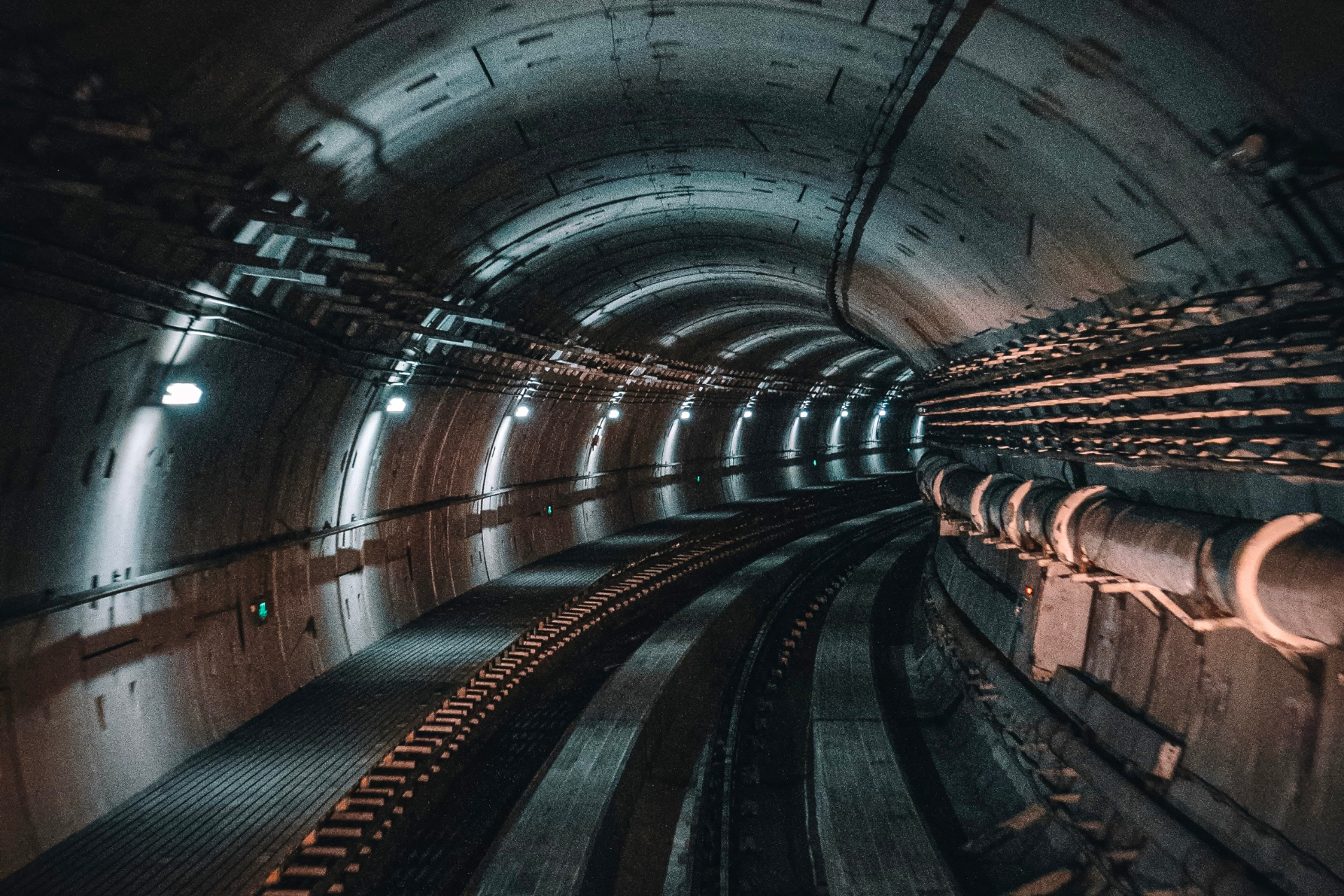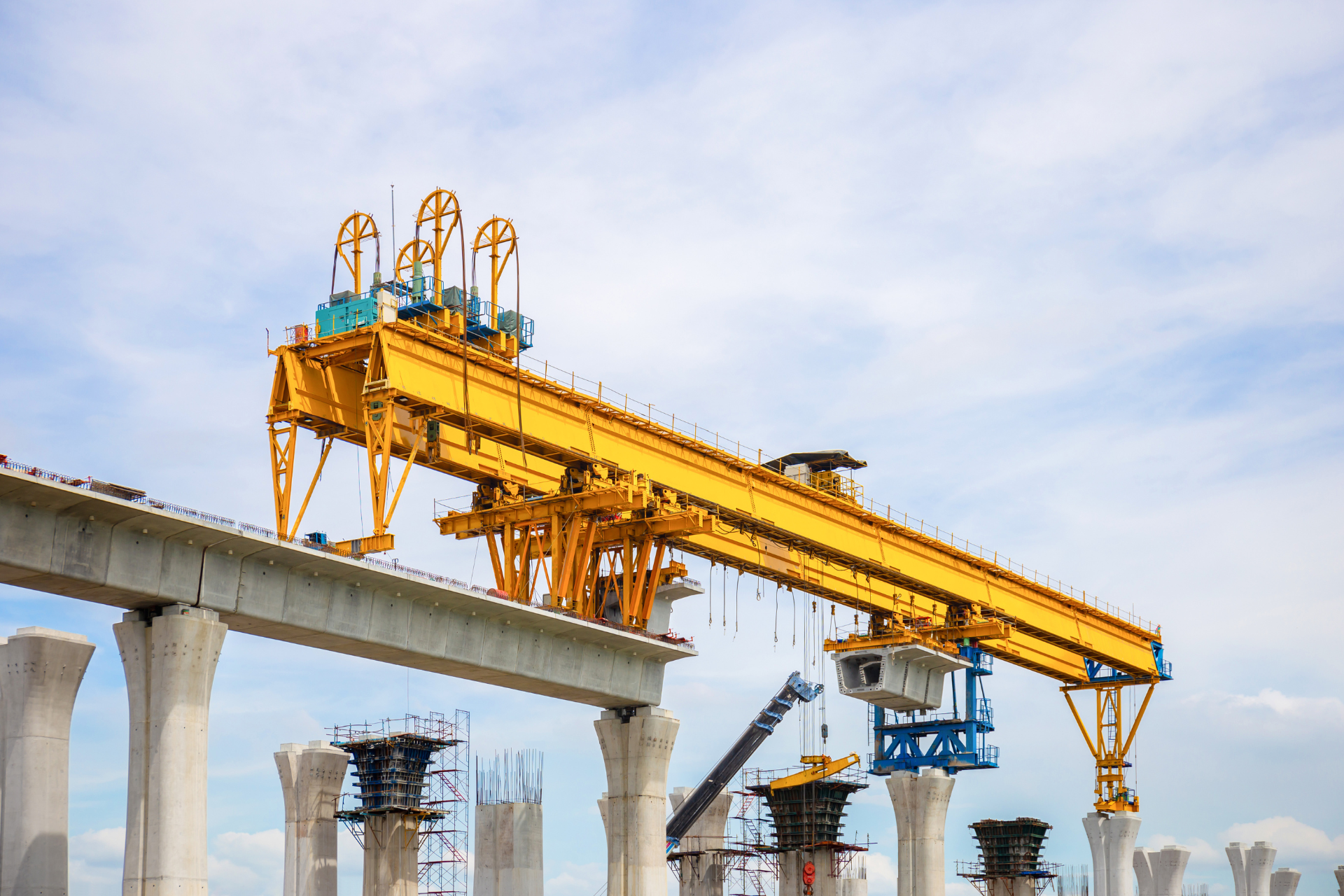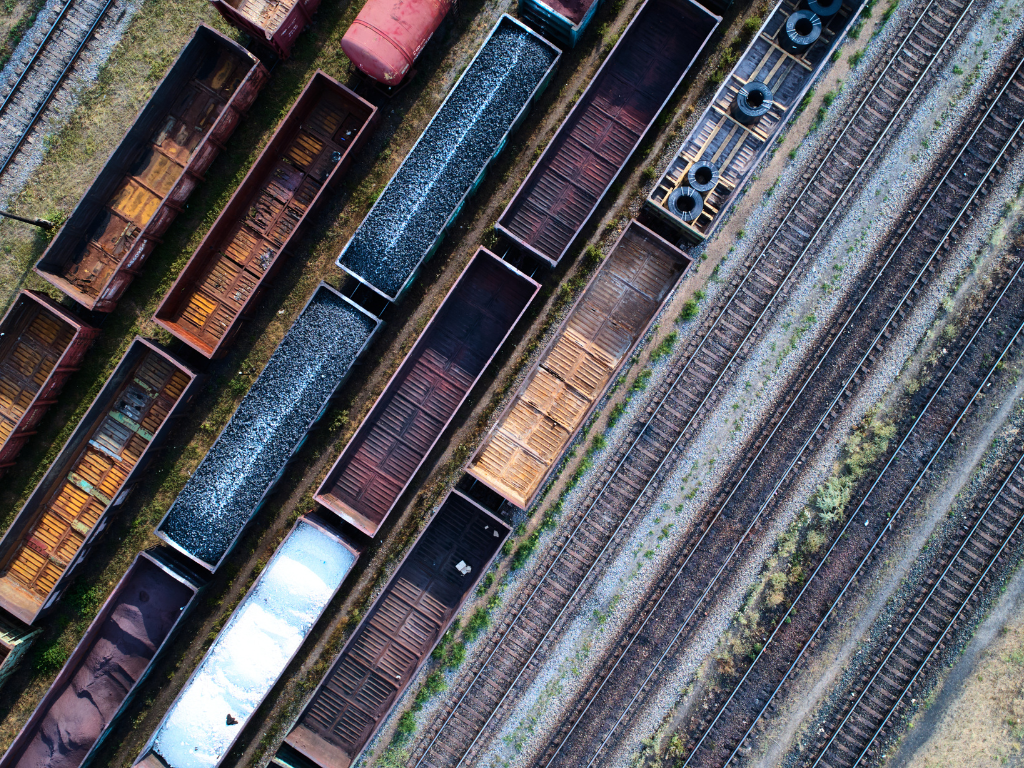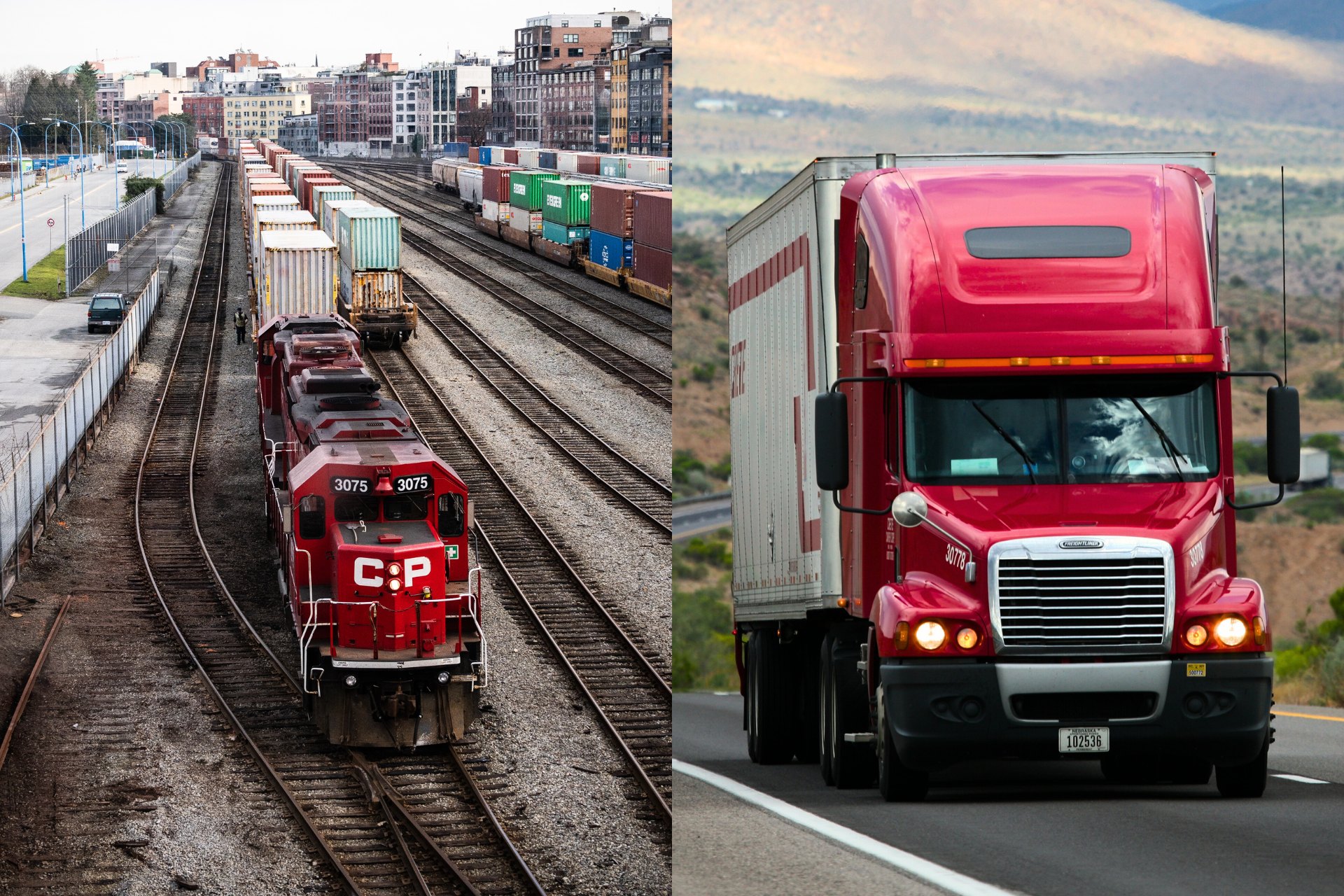The Hidden Engineering Feats Behind Underground Rail Systems

Underground rail systems have long been at the heart of modern urban transportation, enabling millions of people to move efficiently beneath the surface of the world’s busiest cities. While passengers may take for granted the convenience of a swift and reliable metro service, the reality is that these subterranean networks represent some of the most remarkable engineering achievements in modern history. Constructing and maintaining underground railways is no simple task, as engineers must overcome a host of formidable challenges, from geological uncertainties and space constraints to environmental concerns and the need for uninterrupted service in densely populated areas.
Overcoming Geological Challenges
One of the most significant hurdles in underground railway construction is the unpredictable nature of the earth itself. Unlike surface-level infrastructure projects, where conditions are more easily surveyed and controlled, tunnelling deep beneath cities requires extensive geotechnical analysis to assess soil composition, rock stability, and the presence of groundwater. Engineers must carefully choose between different excavation techniques, such as tunnel boring machines (TBMs) or the cut-and-cover method, based on the local geology, balancing efficiency, cost, and structural integrity. In cities with loose or waterlogged soils, projects often require advanced ground-freezing techniques or pressurised excavation chambers to prevent tunnel collapses and ensure worker safety.
Innovative Construction Methods in Constrained Spaces
Building an underground rail system in a densely populated urban environment presents a further challenge, as construction must be carried out with minimal disruption to daily life. Unlike overground projects, where large open spaces facilitate equipment movement and material storage, subterranean construction demands precise logistics and carefully staged operations. Engineers often employ tunnel boring machines, which dig through rock and soil while simultaneously installing concrete tunnel linings, allowing for continuous progress with minimal surface-level disturbances. In cases where existing infrastructure, such as roads, buildings, or historic landmarks, stands in the way, engineers must carefully navigate around them, reinforcing surrounding structures to prevent subsidence or damage.
Addressing Environmental and Sustainability Concerns
As cities grow increasingly conscious of their environmental impact, underground rail projects are adopting more sustainable construction practices. Engineers now integrate energy-efficient ventilation and lighting systems, deploy materials with lower carbon footprints, and incorporate regenerative braking technology in trains to conserve power. Additionally, the management of excavated soil and rock has become a focal point, with many projects repurposing materials for other construction initiatives rather than sending them to landfills. Moreover, underground railways themselves contribute to sustainability by reducing road congestion and lowering carbon emissions, thereby promoting greener and more efficient urban mobility.
Ensuring Long-Term Safety and Maintenance
Once operational, underground rail systems require meticulous maintenance to ensure safety and efficiency. Unlike surface railways, where issues can be more readily identified and addressed, underground systems demand sophisticated monitoring technologies to detect wear and potential faults before they become critical. Engineers employ real-time sensors and digital twin simulations (virtual models that replicate physical infrastructure) to predict maintenance needs and optimise asset management. Ventilation, fire suppression, and emergency evacuation systems must also be continuously tested and upgraded to ensure passenger safety in the event of unforeseen incidents.
Pushing the Boundaries of Engineering Innovation
From the intricate tunnel networks of London and New York to the rapidly expanding metro systems in cities like Singapore and Shanghai, underground railways are a testament to human ingenuity and engineering expertise. As technology advances, we are witnessing new frontiers in tunnelling, including the development of hyperloop-inspired vacuum tunnels and fully automated metro systems that promise faster, safer, and more efficient transport. With continued investment and innovation, underground rail systems will remain essential to the future of sustainable urban mobility, offering a blueprint for how cities can efficiently navigate their growing transportation needs while minimising environmental impact.
The construction and maintenance of underground rail systems represent some of the most complex and technically demanding engineering feats in the world. By overcoming geological uncertainties, navigating urban constraints, and embracing cutting-edge technologies, engineers continue to push the boundaries of what is possible in underground transport. As cities expand and the demand for efficient public transit grows, the lessons learned from these hidden engineering marvels will shape the future of underground rail, ensuring that these vital networks remain safe, sustainable, and seamlessly integrated into the urban landscape.





